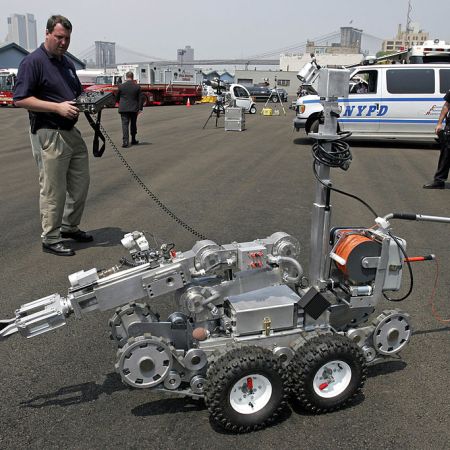Depending on your views of robots and your penchant for reading dystopian science fiction, you might view the developments in humanoid robot technology as grounds for optimism — or be terrified at the evolution of our eventual robot overlords. The latest industry developments suggested that two-legged robots were improving their ability to run on variable terrain, but a dispatch from a recent competition suggests that endurance might still be an issue.
WIRED‘s Zeyi Yang reported on a recent half marathon in Beijing where some of the competitors were mechanical. The event, the Beijing E-Town Humanoid Robot Half Marathon, was held alongside a more traditional half marathon; in other words, one where humans competed. How did the 21 humanoid robots taking to the streets of Beijing fare? As Yang writes, the answer is relatively sobering for robotics engineers.
For starters, there’s the fact that the vast majority of the robots did not finish the race. Only six crossed the finish line; Yang reports that the robot with the fastest time, Tiangong Ultra, took two hours and 40 minutes to finish the race. Tiangong Ultra also required a changed battery and fell over multiple times during the competition.
Two-Legged Robots Are Getting Better at Running
What could possibly go wrong?As CNN’s Chris Lau pointed out, the human with the fastest time in the half marathon finished the race in just over an hour.
There are two ways to look at these results. The first is that, yes, the vast majority of the 21 robots competing in the half marathon did not finish at all. The second is the reverse of that: human engineers have, in fact, built at least six robots capable of competing in a half marathon. They aren’t exactly putting up elite numbers yet — but with enough time and technology, who knows what might be in store?
This article appeared in an InsideHook newsletter. Sign up for free to get more on travel, wellness, style, drinking, and culture.



















